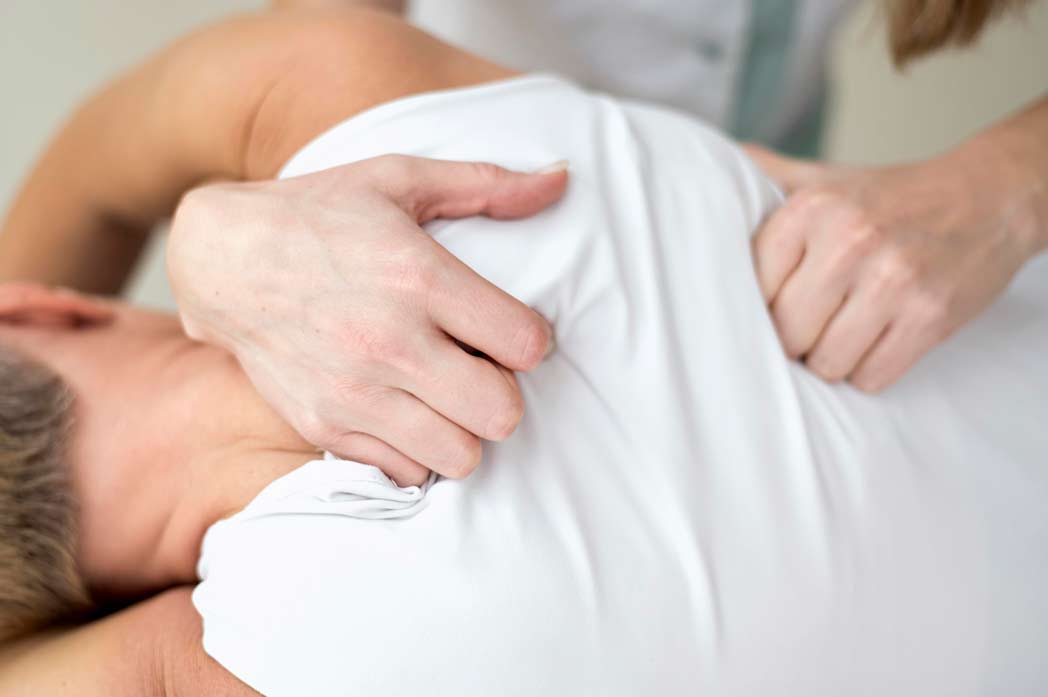Pediatric
Pediatric osteopathy deals with colic, constipation, gastric reflux, lactation problems, congenital torticollis, plagiocephaly and cranial deformations, growing pains.

Many people present symptoms related to neck, shoulder and scapular pain. These frequent complaints may be due to working long hours in front of computers, using tablets and phones or driving long distances. In some cases, the neck may be prevented of moving freely, further tightening the muscles, limiting range of motion and causing pain.
Osteopathic care can greatly reduce or eliminate these discomforts. The osteopath may use a wide range of gentle techniques to increase movement of the joints, reduce muscular tension in the upper back and neck, regain range of motion and improve blood flow to the area. They might suggest postural adaptations, stretches and exercises to avoid recurrence.
Many pregnant women experience pelvic or back pain at some point in their pregnancy. During pregnancy, the body experiences many changes that are postural, biomechanical as well as hormonal. These can cause lower back pain as the joints carry weight differently and the connective tissue adapts to a heavier load bearing. Osteopathic consultation at these times may greatly relieve pains and may provide important information regarding exercise, stretches and postural recommendations to eliminate or reduce pain.
After delivery, the woman’s body needs time to recover and may need support with pelvic floor conditions and breastfeeding.

Chronic migraines and headaches are frequent among the population and account for multiple doctor visits and missed school and workdays. They may be triggered by multiple factors such as diet, sleep, hormonal changes, nutritional deficiencies, neck and/or jaw pain and bad postural habits.
Osteopathic care helps in managing these conditions. The therapist will ask about the characteristics of the headaches. If it is not known, both the osteopath and the client will discuss to try to find the specific triggers.
The osteopathic approach may require working at the ribcage, the shoulders, the neck, and the jaw. Treating these areas will provide an increased mobility and reduce tension, possible nerve compression and reduce inflammation.
Your therapist may recommend posture adaptations, stretches and exercises to avoid recurrence.

Concussions occur when there is a jolt to the head or are the result of a hit to the body where the head and brain move forward and backward rapidly.
These can cause headaches, dizziness, memory troubles, nausea, disorientation, affected coordination, mood swings, fatigue.
Osteopathic care can help alleviate these conditions and allow for a faster return to a balanced state.